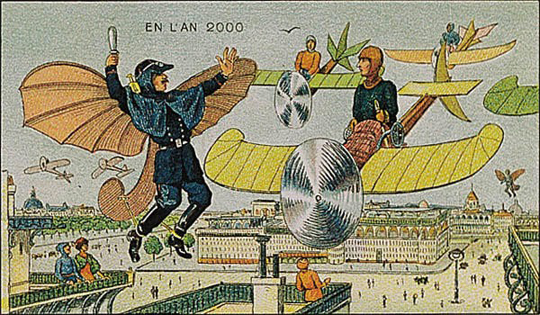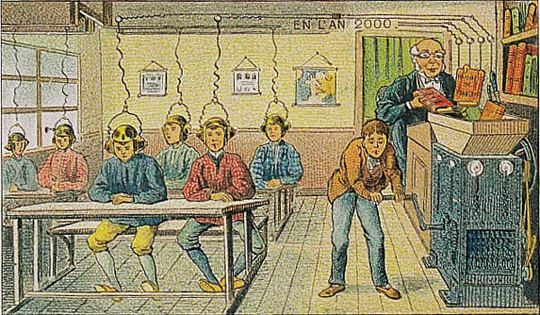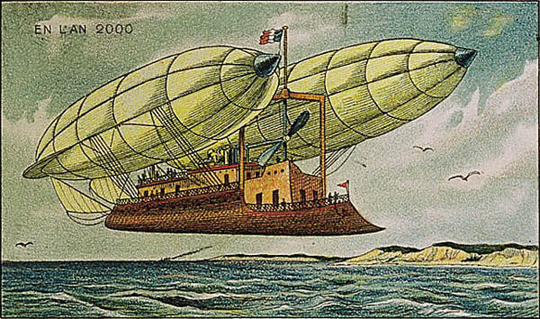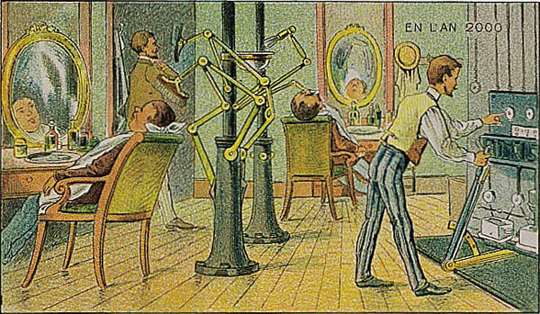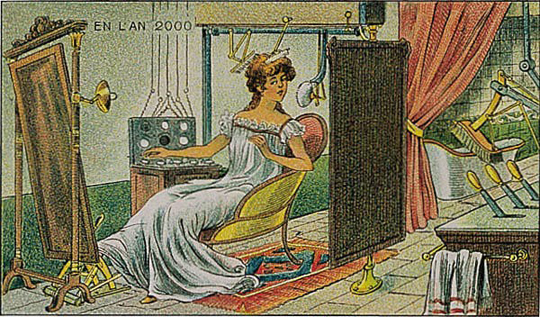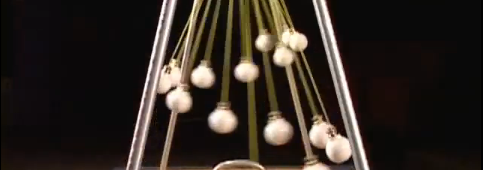
Reiki treatment involves no physical contact
In the foothills of Mount Kurama a man meditates. He has been there for 21 days. Suddenly, he has a revelation.
From this quiet beginning in 1922 the practice of reiki was born. Since then, it has evolved and found itself keeping company with treatments such as homeopathy and acupuncture in modern complementary medicine. The practice of reiki involves the practitioner transferring healing energy, or ‘ki’, to the subject through their palms. Those who support the treatments claim that this can help a wide range of conditions, including depression and anxiety as well as improving immunity. Contrary to these claims, reiki and other complementary medicines have been widely studied and the scientific consensus is that they have minimal, if any, clinical benefits. Despite this, reiki and its allied medicines are, shockingly, still afforded a place in the medical treatment establishment.
This acceptance of alternative medicine can be seen specifically at The Princess Alexandra Hospital NHS Trust, Essex, where they employ a “Reiki Therapist/Spiritual Healer” in a breast cancer ward. The position is funded by an alternative medicine charity, but its location within an NHS hospital has drawn criticism. Professor Edzard Ernst, the world’s first, and only, professor of complementary medicine said, “We have published a systematic review of reiki…the evidence is simply not there. There are a number of studies, they are flimsy and the ones that are rigorous don’t generate a positive result. In my book the evidence is even negative,” he added.
The way in which this post has been advertised raises some serious questions about the medical validity of the job. The criteria state that the practitioner must “demonstrate the benefit and activity of the post”. Philippa Dooher, Lead Breast Care Specialist Nurse and supervisor of the position, outlined how this is judged: “Before and after treatment the practitioner engages in a core evaluation of how the patient is feeling. There is also the option for patient feedback.” Considering the analysis of medical benefits of the treatment, she admitted that the success of the post is “not based on the effect on prognosis”. This stance is problematic according to Professor Ernst who described the attempts to justify the job as “ridiculously funny”.
Thankfully, it appears that this practice is not common in the NHS. Professor Ernst commented that the post seemed “exceptional”. But, he went on to add that outside of the National Health Service “…the use of alternative medicine in Britain is fairly widespread. About 20% of the general population use these treatments; with cancer patients the percentage is much higher.” Dooher agreed with this, saying that the only alternative practitioners in the hospital were the reiki therapist, and a reflexologist on the same breast cancer ward.
The role in the hospital has been occupied for a year. The way through which patients are recruited to the scheme is another interesting addition to this tale. As well as being given forms to apply for treatment, the patients are approached in the waiting room and offered reiki by the practitioner themselves.
It seems highly illogical that an institution that should make decisions based on evidence and critical observation offers this therapy on an oncology ward. This is a view also expressed by Professor Ernst, who said that it is “Truly, truly embarrassing that an NHS trust should advertise for a reiki healer … [the position] discloses a total lack of critical regard to what they are doing, and I think it’s ridiculous, dangerous, and undermines everything that evidence based medicine and rationality stands for.”
Whilst the creation of reiki in the mountainous regions of Japan may be a nice story, it is disconcerting that almost one hundred years later “spiritual healing energy” can still be found within the NHS.
Update
This article was inspired by a job advertisement posted by the PAH Trust, upon discussion it was revealed that the post had been filled for a year and since my conversation with the hospital the advertisement has been removed from their website.

Lee MS, Pittler MH, & Ernst E (2008). Effects of reiki in clinical practice: a systematic review of randomised clinical trials. International journal of clinical practice, 62 (6), 947-54 PMID: 18410352
Share this post with the world:












